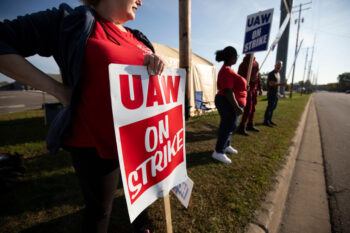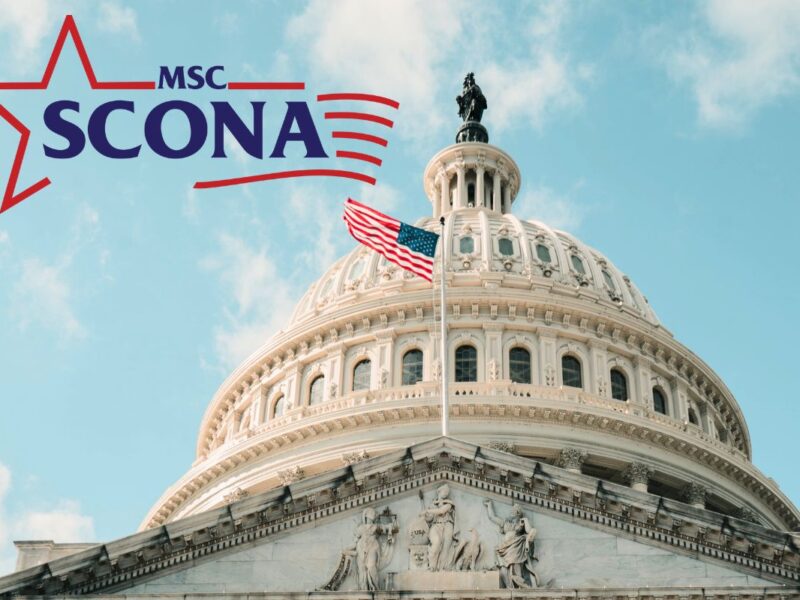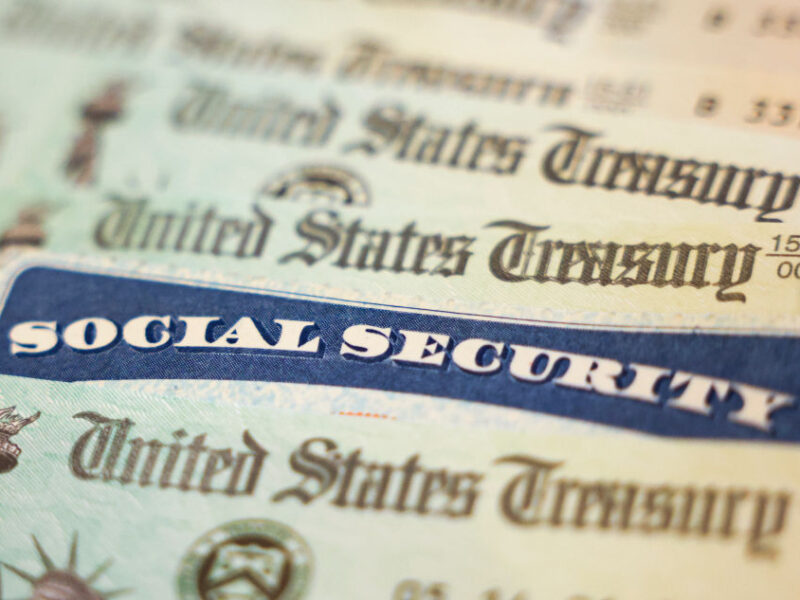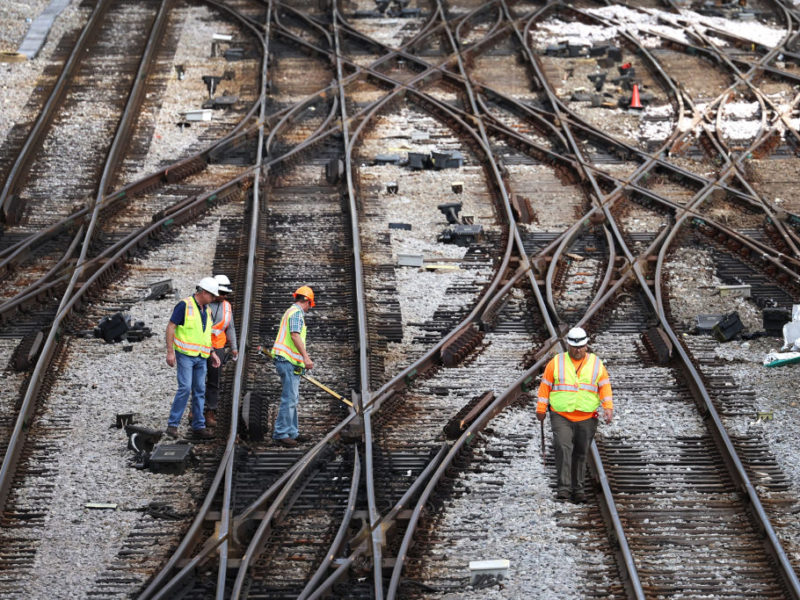What You Should Know About The Historic Auto Workers Strike Unfolding

An unprecedented strike action by one of the nation’s largest labor unions has drawn widespread attention this month, as employees represented by United Auto Workers (UAW) have walked off the job at a number of vehicle assembly plants across the country.
This is the first time the UAW has decided to strike against each of the “Big Three” U.S. automakers simultaneously, picketing plants owned by General Motors, Ford and Stellantis — the parent company of Chrysler.
To learn more about the strike and what’s at stake for the parties involved, Texas A&M Today spoke with Michael Z. Green, a professor of law and director of the Workplace Law Program at the Texas A&M University School of Law.
What led up to this historic strike decision by the UAW?
I believe a lot of factors have contributed to the UAW’s proposals to the Big Three automakers. The overriding factor, in my opinion, includes the fact that the UAW has made major long-term concessions to help the Big Three automakers make it through challenging times without any efforts by those companies to now return some of those benefits. As a result, the UAW is now seeking 40% salary increases, a return to cost-of-living adjustments to continue to address salaries and benefits that were frozen approximately 15 years ago, and the removal of a two-tiered system of wages and benefits where workers performing the same job may be paid drastically different amounts.
Beyond some of the long-term concessions the UAW has provided to those automaker businesses, recent successful negotiations involving companies such as American Airlines and UPS have spurred on the UAW as well as a general support for unions that currently exists.
What has been happening in the auto industry and the U.S. economy to make this kind of strike more likely?
Unions have been viewed more favorably by the public since the pandemic. Companies that have historically not been unionized, including Starbucks and Amazon, faced historic union representation campaigns. Now, autoworkers see the auto industry thriving and top management receiving major salaries and benefits, while the consequences of inflation leave UAW members with little to show for their many concessions going back to the 2008 recession.
The UAW has been employing a novel method, using targeted strikes at key plants to strike against all of the Big Three at once. Why do you think this new strategy was chosen, and how does it appear to be working so far?
It gives the UAW some additional leverage in trying to persuade the three automakers to come to the table with reasonable responses to the UAW’s demands. It is my understanding that the strikes have started in parts of the businesses of the Big Three that may have the least financial impact. As the length of the strike increases without any responses to its bargaining demands, the UAW will proceed to other parts of the business that can have a more crucial financial impact on those businesses.
By pursuing strikes in stages without the companies knowing where the UAW may strike next, it provides some level of financial risk that needs to be addressed by both sides of the table. The companies need to address any resulting financial hardships as more of their business is affected, and the increasing trajectory may lead to more damage as the strike endures. This also means that more workers will be without their income as the strike lingers and they will face their own economic challenges as the UAW will begin to draw from its strike fund as a support for those union members.
How long could this strike go on?
It is hard to speculate. The UAW appears ready to stay committed for the long haul. And their strategy of pursuing strikes in various stages gives them some degree of leverage that may help lead to some efforts to reach an agreement at some time sooner rather than later and before the costs from a lengthy strike start to engulf both sides.
At this point in the strike, who appears to have the stronger negotiating position?
That is hard to tell from the outside as each side may have narratives they think will appeal more to the public. The companies are at least presenting a narrative that the pay demands being requested (especially the 40% wage increases) by the UAW are unusual and excessive. For example, one might ask any worker whether they would like to have a 40% raise and think that the average person might view that demand as excessive.
On the other hand, the UAW is presenting a united front and explaining just how much its members are being harmed by two-tier wage systems and a lack of cost-of-living adjustments, which has had a major impact on auto workers now that inflation has been growing. Eventually, each side will have to address the impact of the strike and what it means with respect to them reaching an agreement.
What kind of bargaining power does each side bring to the table?
The fact that the UAW is addressing this matter with each of the three automakers at once presents a unique bargaining posture for the union. However, companies, whether dealing with a union individually or as multiple companies, always have tremendous bargaining power. Labor law only requires that the parties bargain in good faith. A company never has to agree to terms being proposed by a union. In that respect, the company always has a superior bargaining position.
This raises the question of what impact the UAW has in the negotiations through exercising its legal right to strike. Despite what public figures or some politicians may say about worker strikes, the National Labor Relations Act expressly grants workers the legal right to strike. This is a hard-fought right that was developed over decades of industrial strife with the passage of the National Labor Relations Act. Even with the right to strike as part of its bargaining power and influence, unions still face counteroffensives by companies including the permanent replacement of strikers. Although, given the broader support for unions that currently exists and the difficulties that businesses also face in finding satisfactory workers, the UAW may have more bargaining leverage at this time than it has in quite a while.
In such a unique moment of bargaining leverage, you can easily see why the UAW may be more determined to obtain a measurable return on its own investment in the three automakers by convincing those companies to accede to its current demands.
What accounts for the recent uptick in strikes and unionization efforts across the country?
I think that the pandemic spurred the uptick in strikes, unionization, etc. as employees identified as essential workers — and even those who were not essential — found the value of having their collective voices about safety, pay and work hours being heard through a union as their bargaining agent. Those without a union realized how difficult it became to negotiate proper safety practices and protocols during the pandemic, and to provide fair procedures for accommodations and paid leave.
As landmark efforts to seek union representation occurred at places such as Amazon and Starbucks and many other places historically operating without unions, the general public feeling about the value of unions has increased. When more individuals left industries as a result of the pandemic, the challenges for businesses to find new employees became more daunting. With inflation, employees have sought more pay and benefits to address difficult economic challenges, and embracing unions has become a more vital tool in pursuing those changes.
Media contact: tamunews@tamu.edu





